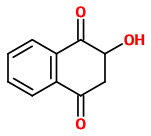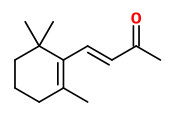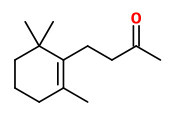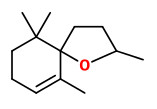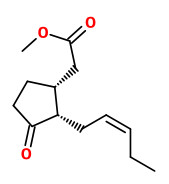Lawsonia inermis L. - syn.Lawsonia alba Lam. - Lythraceae - henna (tree), Egyptian privet, mignonette tree, Henna, Hennastrauch
Deciduous fragrant shrub or small tree, native from Central Africa to India, cultivated and naturalized there; leaves elliptic to ovate or obovate, pointed; panicles of fragrant white to reddish flowers.
„ Indigenous to Baluchistan and widely cultivated throughout the country for its fragrant flowers and orange-red dye obtained from macerated, triturated or powdered leaves. The dye is used for dyeing cloth and hair, for staining nails, palms and soles, and in medicine. Very variable.“ http://www.efloras.org/florataxon.aspx?flora_id=5&taxon_id=200014655
„Lawsonia inermis L. (Lythraceae) is a much-branched shrub that grows in Middle East of Africa is commonly known as Mendi in Gujarati, Henna in Hindi and Egyptian henna. There are three types of henna like Neutral
henna, Red henna and Black henna. Neutral henna, a green powder that smells like freshly cut grass, is neither henna nor neutral. It is Cassia obovata, contains anthraquinones, particularly chrysophanic acid, a remarkable anti-fungal, anti-microbial and anti-bacterial compound. Cassia obovata does not color hair. Red henna, a green powder that smells like hay, is Lawsonia inermis, commonly known as henna. The leaves of the henna plant have a red-orange dye molecule: lawsone, a naphthaquinone compound. Henna will stain your hair red-orange; but this stain is translucent and will combine with your natural color. Black henna, a green powder that smells like frozen peas, is neither black nor henna. It is indigo, Indigofera tinctoria. (Vaidya, 2000; Wallis, 2001; Trease and Evans, 1983; Bhattacharjee,2003).“
[Pharmacognostical and preliminary phytochemical investigation of Lawsonia inermis L. leaf., Jain, V. C., Shah, D. P., Sonani, N. G., Dhakara, S., Patel, N. M., Romanian J Biol-Plant Biol, Vol.55, 2010, 127-133]PDF
„Parts used: Powdered leaves (Hennae folium)… Henna leaf is a traditional medicine in India, Arabia and North Africa and is used medicinally mainly to treat wounds, sores and skin infections. It is gargled for sore throad and taken internally in case of diarrhoea, dysentery, stomach ulcers and tapeworms…. The main compound of interest is Lawsone, a 2-hydroxy-1,4-naphtoquinone that is released from glycosides in the fresh leaf through hydrolysis (1% lawsone in dry leaf powder). Also of importance are tannins (up to 10%), other naphtoquinone derivatives, coumarins, flavanoids, phenolic acids, sterols and xanthones, all of which may possibly contribute to the medicinal properties… the astringent properties are ascribed to the tannins. Like other naphtoquinones, lawsone is a strong oxidant and can interact with various cellular components, especially with proteins. This wuld explain its antibacterial, antifungal, anti-amoebic and anthelmintic properties.“
[Medicinal Plants of the World. Ben-Erik Van Wyk and Michael Wink, Pretoria 2004, 190]
„The volatile constituents of yellow and red Lawsonia inermis L. (henna) flowers were analyzed by capillary GC and GC/MS following isolation by solvent extraction. The total yield of volatiles isolated was higher from the yellow flowers which also differed markedly from the red flowers in volatile composition, the former giving greater proportions of β-ionone (48.6% vs 2.5%) and its derivatives, while the latter producing larger fractions of 2-phenylethanol (11.5% vs 5.8%), benzyl alcohol and C6 alcohols and aldehydes.“
[Volatile components of Lawsonia inermis L. flowers., Wong, K. C., Teng, Y. E., Journal of essential oil research, Vol.7(4), 1995, 425-428]
„In fact, it is important to evaluate the flowers at their right stage of maturity to be at the source of what can often be perceived over a distance of 20m as a most enjoyable harmony of all the ionones, with β-ionone and dihydro-β-ionone as the main responsible agents, together with linalool, the two isomers of theaspirane, and a small amount of methyl cis-(Z)-jasmonate. The premature flowers emit a scent much richer in (Z)-hex-3-enyl acetate, (Z)-hex-3-enol, and (E)-ocimene, while over-mature flowers are no longer attractively scented, and are also much greener with a shade of a spermatic note.“
[Meaningful Scents around the World, Roman Kaiser, Zürich 2006, 169 and 242]
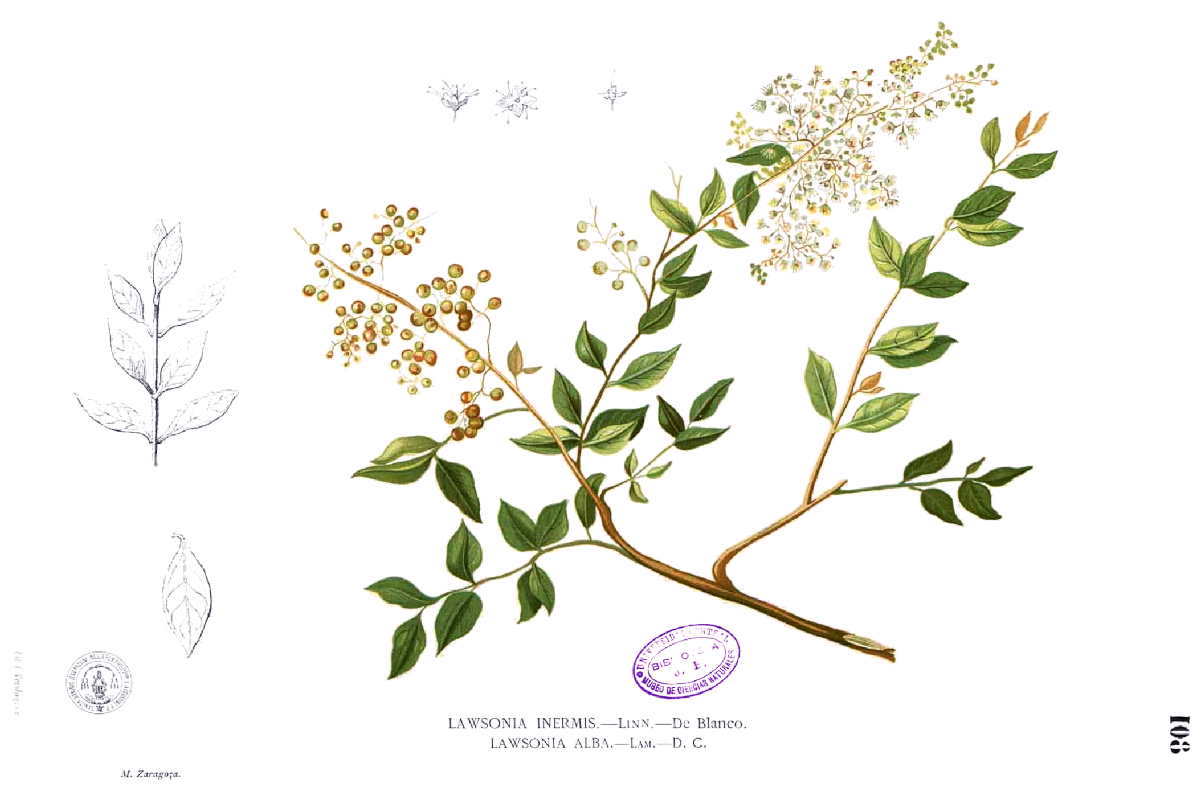
Blanco, M., Flora de Filipinas, t.108 (1875) CC0 wikimedia

Lawsonia inermis, Saint Peter, Montserrat (2022) © Ajhermae White CC BY-SA 4.0 inaturalist.org

